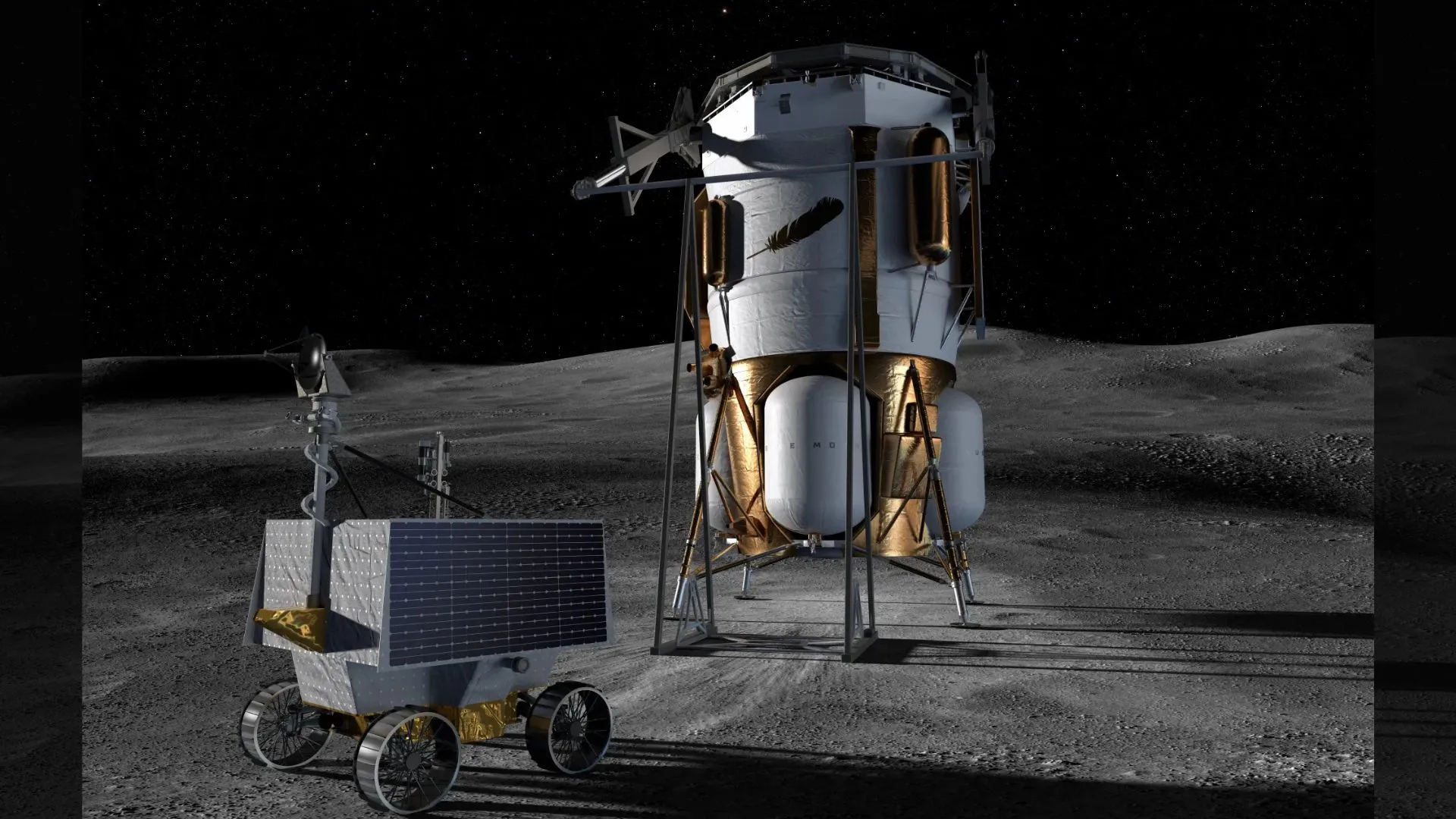
NASA has brought its VIPER rover mission back to life.
The space agency announced Friday that Blue Origin will deliver the Volatiles Investigating Polar Exploration Rover to the Moon’s south pole in late 2027 under a new Commercial Lunar Payload Services (CLPS) contract.
$190 million delivery deal
As part of the Artemis campaign, NASA awarded Blue Origin a CLPS task order worth up to $190 million.
The deal includes an option for Blue Origin to deliver VIPER on its Blue Moon Mark 1 (MK1) lander, which is currently in production.
“NASA is leading the world in exploring more of the Moon than ever before, and this delivery is just one of many ways we’re leveraging U.S. industry to support a long-term American presence on the lunar surface,” said acting NASA Administrator Sean Duffy in an official statement.
He added that VIPER will probe permanently shadowed regions and guide future landing sites for astronauts. The rover will run a 100-day science mission.
This is Blue Origin’s second CLPS award. Its first, using another MK1 lander, is scheduled for launch later this year.
That mission will deliver instruments such as the Stereo Cameras for Lunar-Plume Surface Studies and the Laser Retroreflective Array.
Mission back from cancellation
NASA originally planned to send VIPER to the Moon in 2023 on Astrobotic’s Griffin lander. Technical delays and rising costs pushed the mission back several times.
In July 2024, NASA canceled the project, despite spending about $450 million and finishing rover assembly. Officials said the move would save $84 million.
The agency later considered dismantling VIPER to repurpose its instruments. In May 2025, NASA paused those efforts and promised to outline a new strategy.
Friday’s contract with Blue Origin marks the official revival.
“NASA is committed to studying and exploring the Moon, including learning more about water on the lunar surface, to help determine how we can harness local resources for future human exploration,” said Nicky Fox, associate administrator of NASA’s Science Mission Directorate.
“This private sector-developed landing capability enables this delivery and focuses our investments accordingly – supporting American leadership in space and ensuring our long-term exploration is robust and affordable.”
Blue Origin will handle the entire landing architecture, from payload integration to rover deployment. NASA will operate VIPER once it reaches the lunar surface.
The task order, called CS-7, includes a base contract for design and rover off-loading systems.
NASA will decide whether to exercise the full delivery option after reviewing Blue Origin’s first MK1 lander mission.
VIPER’s scientific goals remain unchanged. The rover will search for volatiles such as water ice, a resource seen as vital for sustaining astronauts and producing rocket fuel.
NASA’s Ames Research Center in California leads the rover’s science efforts, while the Johnson Space Center in Houston contributed engineering support.
Joel Kearns, deputy associate administrator for exploration in NASA’s Science Mission Directorate, said the mission could pinpoint accessible ice deposits.



